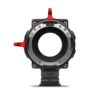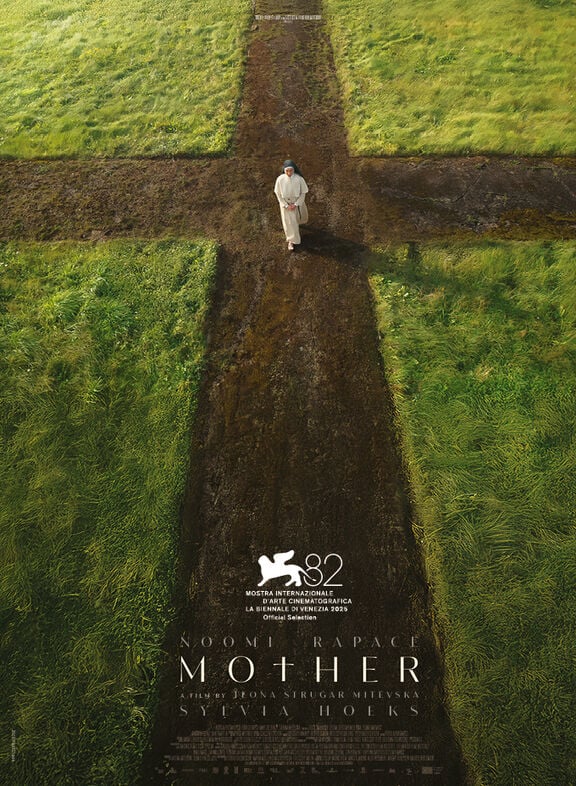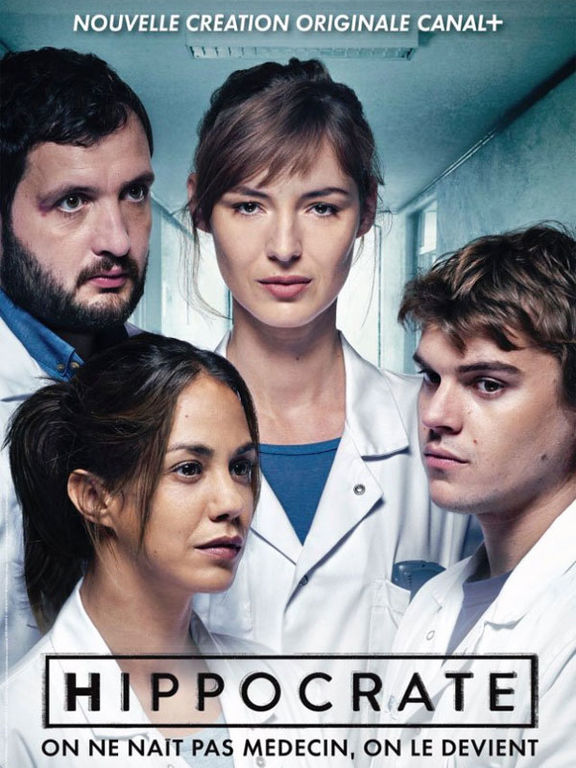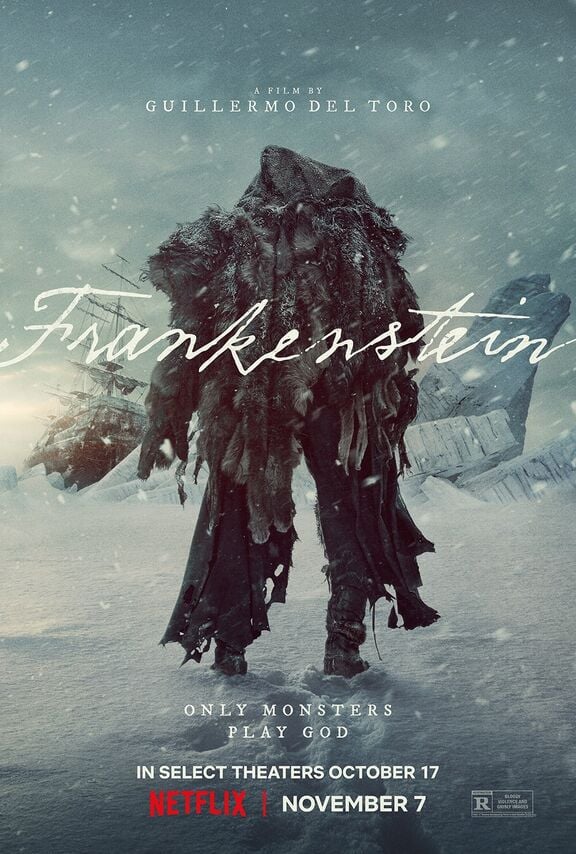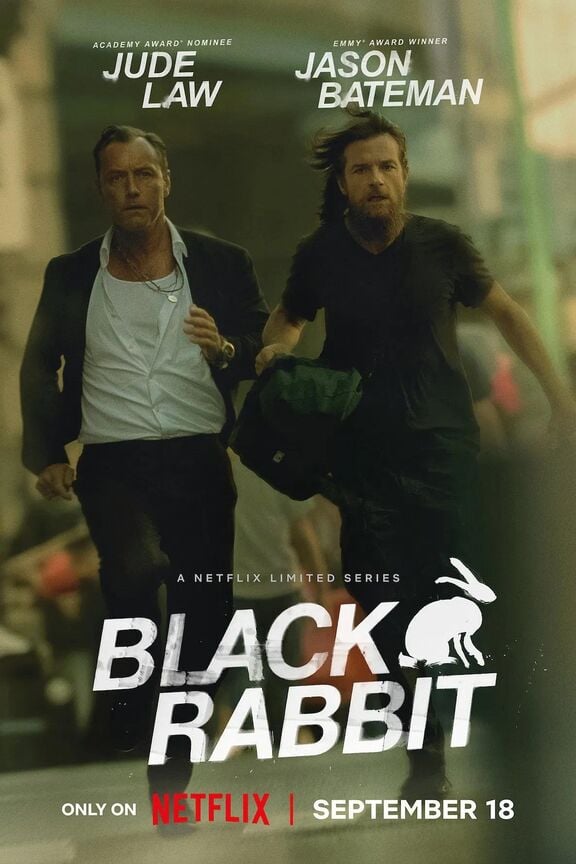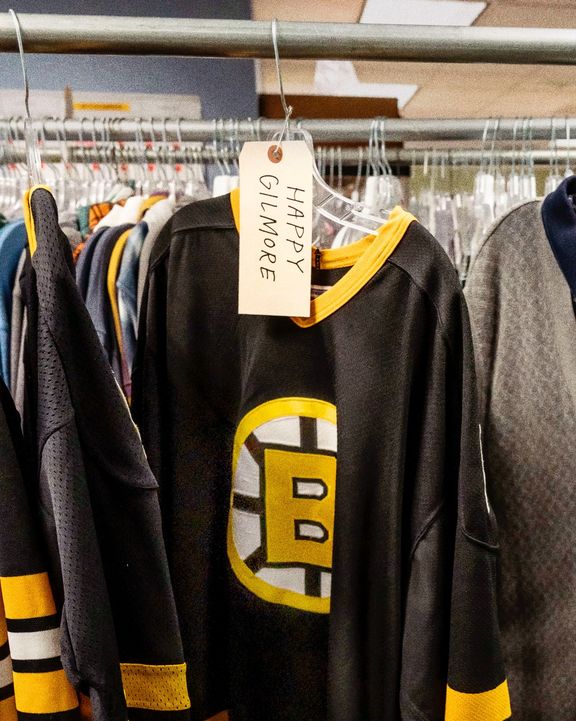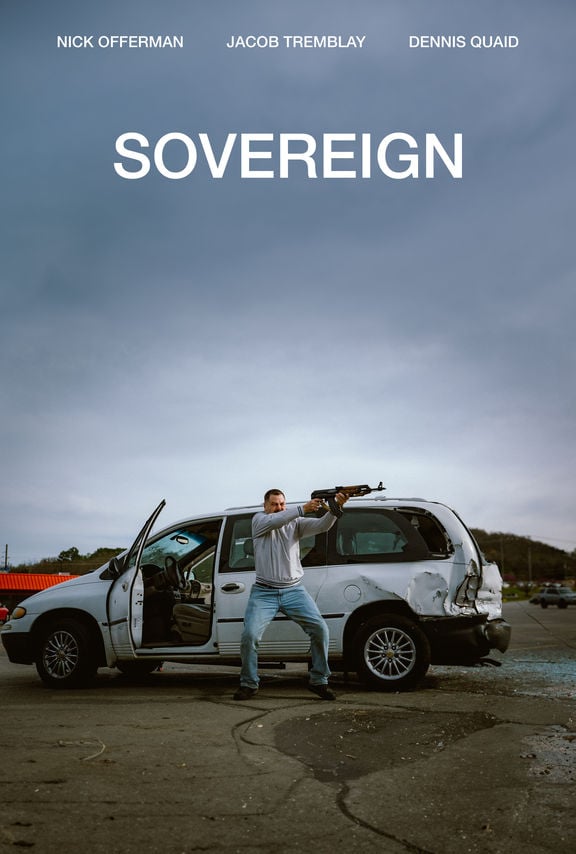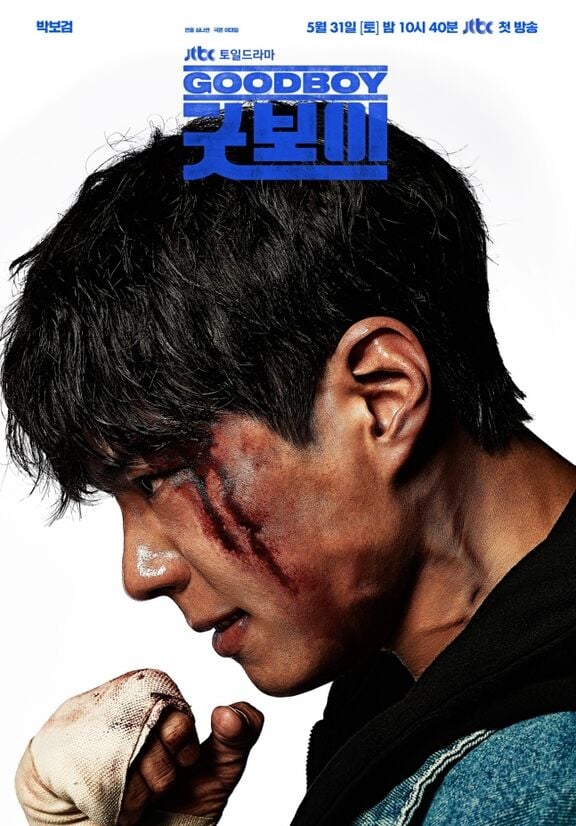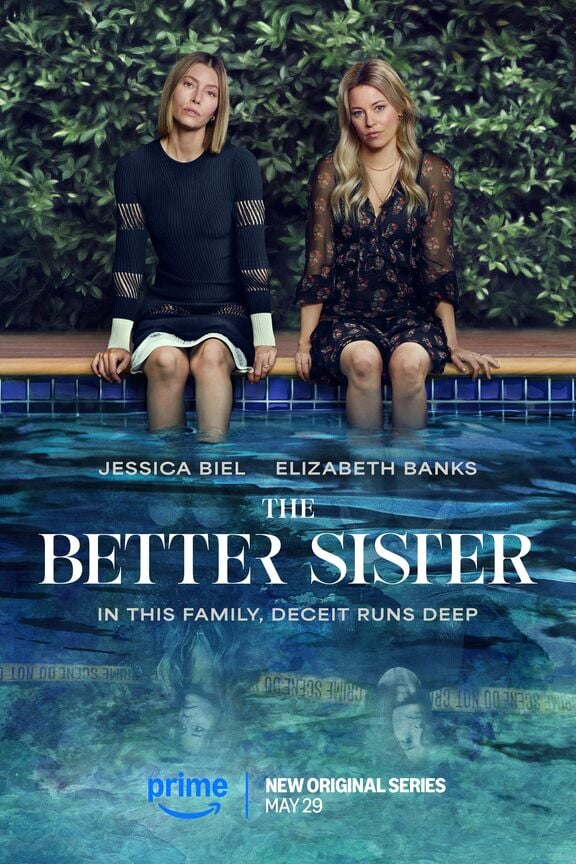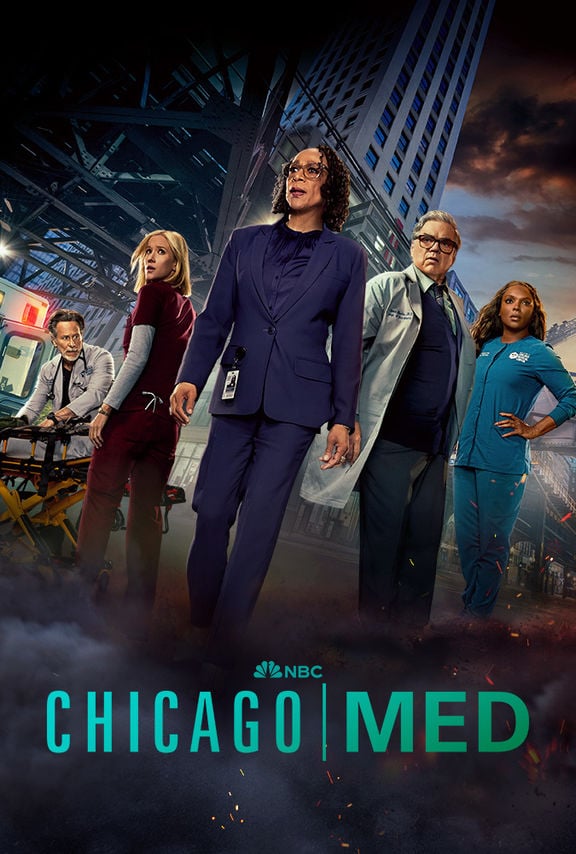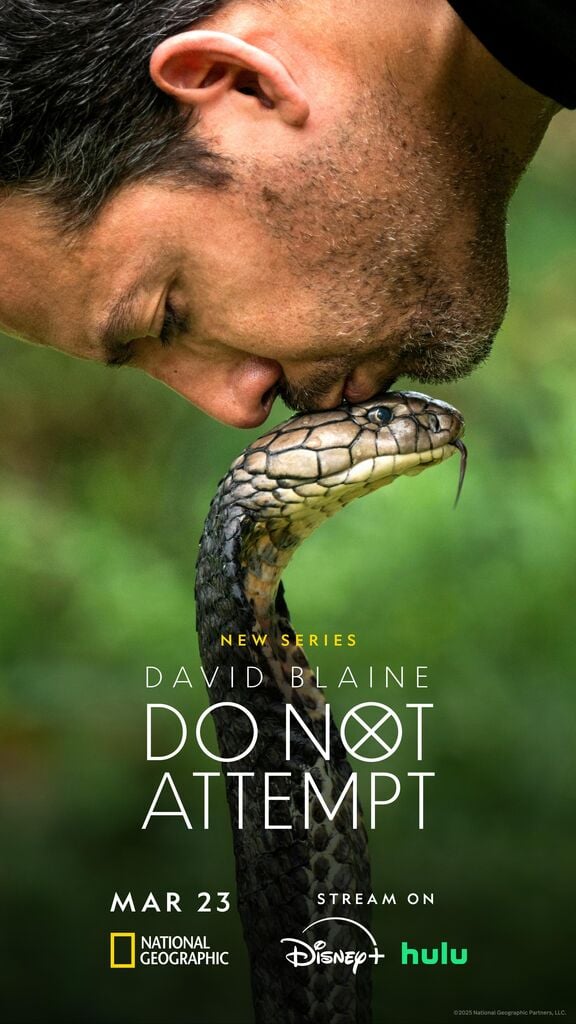
Lisey's Story
2021 | series
DoP Darius Khondji
Director Pablo Larraín
Leitz lens THALIA 65
Camera ARRI Alexa 65
Production Companies Bad Robot | Warner Bros. Television
Distribution Apple TV+
Awards Nominated for 1 Primetime Emmy. 5 nominations total
Equipment Supplier ARRI Rental | New York
Country Chile | USA
DARIUS KHONDJI, THE BLACK AND THE LIGHT
"I can't get enough of this impression of blinding light and absolute blackness." Darius Khondji, AFC, ASC loves the dazzling effect of strong lights and, by contrast, the deep blacks where the light is engulfed and disappears completely.
Back in France a few years after graduating from a photo and film school in New York, he lit a music video directed by Érick Ifergan in 1988, Quand je serai KO, and shot a short film by the choreographer Régine Chopinot, KOK. For these two projects he decided to use the laboratory process known as ENR. This is a treatment that eliminates the bleaching pass and leaves the silver grains on the negative. The blacks are deep, the whites bright, and the colors desaturated.
The music video won the Golden Lion at Cannes and was an aesthetic shock that marked his debut as a cinematographer: pure black & white and sepia crossed by flashes of lateral light that resembled the research carried out in the past by the Russian constructivists.
The innovative images of these films pleased the duo of directors Marc Caro and Jean-Pierre Jeunet who offered him the cinematography for their first film, Delicatessen. By chance, the shooting was postponed for a year, which allowed him to accept F.J. Ossang’s film Le Trésor des Îles Chiennes.
During a project in Italy, he had established a relationship of trust with Henrik Chroscicki of Technovision and when, in 1989, he brought him the script of the film by F.J. Ossang, he believed in the film, believed in Khondji, and lent him all the necessary equipment for this experimental film shot in 35mm Cinemascope black & white, which marked the beginning of his legend as a director of photography.
The two films were released on the same day of the same year - April 17, 1991 - and received two opposite successes in France: 6000 tickets sold for Le Trésor des Îles Chiennes and 1.5 million admissions for Delicatessen. However, Darius Khondji is as well known for one film as for the other.
In 1994, he prepared to shoot Marc Caro and Jean-Pierre Jeunet's City of Lost Children with a budget of 90 million French Francs, which allowed him important technical resources. He made many tests and decided to renew the method of bleach bypass by flashing the 35mm negative at the time of development.
Previously, a young American director, David Fincher, had come to Paris to shoot a commercial with Khondji and had considered the possibility of collaborating with him on a more important project. In 1995, Fincher asked him to shoot his next film Seven in the United States. He wanted to make a film that was “a meditation on evil," a dark film crossed with flashes of light, "a black & white film in color.” To achieve this Fincher wanted this young French cinematographer who was completely unknown in the US. The shooting was difficult, but when the film was released it was a global success.
Khondji could then choose any project. He chose to work with Italian director Bernardo Bertolucci on Stealing Beauty, a film that evokes the sentimental awakening of a young woman in sun-drenched Tuscany under an azure sky. "The shooting was exceptional.”
Upon his return from Italy, he was contacted by director Alan Parker who was preparing the musical comedy Evita with the singer Madonna in the title role. The shooting took place partly in Argentina. With Evita, he was nominated for an Oscar for best cinematography in Hollywood.
In 1997, the shooting of the fourth installment of the Alien franchise, Alien: Resurrection, lasted almost a year. As there were underwater shots, Khondji took a diving course in the ocean in Los Angeles and obtained a certificate allowing him to dive on the underwater sets of the film The Beach by Danny Boyle in Thailand three years later. Khondji likes to look at the light in the camera's axis. Underwater, everything quickly seemed over-lit, so he installed black panels to give contrast and depth to the image.
In 1999, he shot the thriller In Dreams by Neil Jordan and The Ninth Gate by Roman Polanski. Khondji learned a lot from Polanski, especially about the choice of focal lengths and the physical distance between the camera and the actor.
The following year he went to Thailand to shoot The Beach, on which he also operated. He dove underwater to film sharks, snuck handheld into a field of cannabis defended by traffickers and followed Leonardo di Caprio through a tropical forest, dangerous and stifling. “I can have fun, but also suffer on each film.”
In 2001, he reunited with David Fincher for Panic Room, a film shot in a large New York residence where the camera moves from floor to floor until it reaches the room protected by shielding, the "panic room,” which gives the film its title. It was a success equal to Seven.
In 2002, he first worked with Woody Allen on the film Anything Else. They would work together on four more films: Midnight in Paris, To Rome with Love, Magic in the Moonlight, and Irrational Man. “I really enjoyed working with Woody Allen, it was a unique memory.”
In 2005, the artists Philippe Parreno and Douglas Gordon prepared to film Zidane: A 21st Century Portrait, which was shot on April 23rd in Madrid during a soccer match and whose only purpose is to film the footballer Zidane. Seventeen cameras followed him continuously: twelve 35mm cameras, two super 16 cameras, and three digital cameras equipped with prototype zooms.
The day before the match, Parreno, Gordon and Khondji took the seventeen English, Australian, South American, French, Spanish and American cameramen to the Prado Museum to contemplate the paintings by Goya, Velázquez and El Greco representing 16th and 17th century gentlemen dressed in doublets and posing against dark backgrounds.
Murmurs in the rows and then silence. Everyone was fascinated by these portraits that reflect the intimate truth of a man, just as they are about to do the next day with Zidane.
Next Khondji drove more than 4000 kilometers location scouting for the film My Blueberry Nights by director Wong Kar Wai. He came out exhausted by the experience and almost refused the film Funny Games that Austrian director Michael Haneke had just offered him. The theme was the banality of evil, a path that the director explores film after film.
Funny Games takes place on Long Island, near New York. A couple and their little boy are challenged to save their lives in a "game" proposed by two courteous young men. They will die in the morning because they could not imagine that barbarism exists.
The filming took place at the end of the summer. Haneke asked Khondji to always justify his lighting and to make sure that the actors could see each other and their paths when they moved. “He pushed me to do radical things, it was like an apprenticeship.”
Five years later, in 2011, Haneke asked him to shoot his next film Amour in France. Khondji accepted enthusiastically. Amour shows the last days of a couple of retired music teachers. The two actors, Emmanuelle Riva and Jean-Louis Trintignant were 84 and 81 years old when the shooting began. After tests shot on 35mm film and digital, Haeneke and Khondji decided to shoot the film digitally. The shoot was intense and different from all the others that came before it.
When it was released in 2012, critics were unanimous in calling Amour a masterpiece. The film won the Palme d'Or at the Cannes Film Festival, the Oscar for Best Foreign Film in Hollywood, and five Césars. Throughout the world, Amourreceived twenty-six awards.
A few months later, Khondji left for New York to shoot The Immigrant, a film by James Gray that takes place in New York in the 1920s and tells the story of Ewa, played by Marion Cotillard, who tries to emigrate to the United States and is finally forced to become a prostitute to survive. At that time, light was scarce in modest homes. At night, the streets were dimly lit by incandescent streetlamps that emit a yellow-orange light. Khondji had the actors emerge from the darkness into the light and then back into the dark.
In 2015, James Gray's new film The Lost City of Z, tells the story of an explorer's expedition to the Amazon in the early twentieth century. The film was scheduled to be shot in the fall, a season of heavy rainfall near the Sierra Nevada in Colombia. One night the crew was shooting a simple scene at a river mouth and suddenly heard the roar of rushing water. By the time they turned around, the boats had already left and the crew had to walk back to the base camp in the middle of the night for more than three hours by torchlight.
In 2016, Khondji’s colorist Yvan Lucas talked about him to the South Korean filmmaker Bong Joon-ho who offered him the film Okja produced by Plan B, Brad Pitt’s production company, for Netflix. Okja is a poetic eco-fable set in Asia, in the mountains of South Korea, and tells the story of friendship between a giant pig and a little girl that raises the question of meat consumption in our societies.
After many trials, Khondji decided to shoot with the new Alexa 65 camera from ARRI, which allowed him to shoot in 8K. He would choose the camera for many of his subsequent shoots.
The film screened at the 2017 Cannes Film Festival and later released on Netflix.
In 2017, Khondji collaborated on Nicholas Winding Refn's Too Old to Die Young for Amazon Video. The subject is the darkness and violence of the world. He shot the first five episodes, 75 minutes each, in Los Angeles.
He then followed, in 2018, with the film of brothers Josh and Benny Safdie, Uncut Gems, produced by Martin Scorsese and shot in 35mm and cinemascope. For more than two hours the camera never leaves the main character, Howard, a diamond dealer in New York and a scoundrel and gambler who will, for one night, accumulate disasters until he dies. "The shooting was dazzlingly fast, as if we were shooting a documentary. I tried to make a light that would not be perceived.”
At the same time, Khondji began shooting the series Lisey's Story by Pablo Larrain, inspired by a novel from the master of horror, Stephen King, and adapted by King. The series consists of eight 1-hour episodes and is produced by Apple TV. The main setting is Julianne Moore's house in New Jersey, which she occupies after the death of her husband. Khondji primarily used a short focal length, the 30 mm Thalia by Leitz, a cinema lens that comes from photography and whose geometry is precise with a "soft and shiny side.”
After five months of shooting, in March 2020, alarming news arrived from China. A pandemic was about to spread throughout the world. Everything then went very fast. On Friday, March 13, 2020, the New York studio was hastily sealed off, the equipment remained on site, and the crew members were asked to stay at home. Khondji caught one of the last planes to Europe and on Tuesday, March 17th at noon the lockdown began that would last two months.
The situation inspired the British director Jonathan Glazer to make a short film, Strasbourg 1518, for which he offered the artistic direction to Khondji. The subject is a "dance epidemic" that occurred in 1518 in Strasbourg where the inhabitants were said to have caught a virus that made them dance without stopping until they were exhausted and died.
As the production was being arranged the conversations took place at a distance. Music was composed and several dancers were hired, some of whom were members of Pina Bausch's troupe. iPhone 11 Pros with tripods were sent to the dancers to allow them to film themselves dancing. Khondji observed each of the rooms in order to determine the best time of shooting and guided the positioning of the iPhones. The images are then sent to the editor and calibrated in London under his supervision.
Once the lockdown ended, Khondji returned to shooting in New York and then Berlin for Lisey's Story, which he finished before leaving for France where a second lockdown was instituted at the end of October 2020. By the spring of 2021, life and filming were back to normal.
Khondji accepted Alejandro Iñárritu’s film Bardo, False Chronicle of a Handful of Truths and joined him in Mexico City for a six-month shoot. "I had the feeling that it was a very important film for Alejandro, but also for all of us.” Bardo - a Tibetan word for a state between dream and reality - is a film about life and death. The hero is carried away in a tumult of images, memories, and fantasies.
Filmed in 2.40 with very short focal lengths, the camera is constantly in motion. Often under a black tent, like a "camera obscura" of yesteryear, Khondji checked the images on the video playback. The result was strikingly beautiful.
At the end of the shoot, in September 2021, he returned to New York for his third collaboration with James Gray. The film Armageddon Time tells the story of his childhood in Queens where he grew up in the 80s. "The film told me a story of ghosts.” Gray decided to shoot digitally and then, once the film was edited, transfer back to 35mm film and then back to digital.
Armageddon Time was presented at the Cannes Film Festival in 2022. It narrowly missed winning the Palme d'Or. Critics described the film as "haunting, emotionally moving and the photography is masterful.”
In early 2023, Khondji was nominated for an Oscar for Bardo. "Bardo is my best shooting experience. This film is like a love letter to cinema.”
Written by Ariane Damain Vergallo

Overview
DoP Darius Khondji
DoB October 21, 1955 (age 70 years)
Lens used
THALIA 65
Legacy
Crafted to shape great stories. One set of simply exceptional lenses for unlimited scope.

















